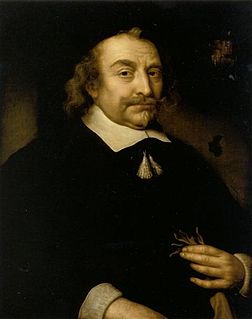 W
WCornelis Bicker, heer (lord) Van Swieten and of Kasteel Swieten, was a regent of the Dutch Republic and a governor of the Dutch West India Company. He was also a sugar merchant, hoogheemraad of the Hoogheemraadschap van Rijnland and a counsellor of the States of Holland and West Friesland for Amsterdam at The Hague.
 W
WGerrit Pieter Bicker (1554–1604) was a Dutch merchant and one of the founders of the Compagnie van Verre and its successor the Dutch East India Company.
 W
WClaes Michielsz Bontenbal, also known as Klaas Bontebal, was secretary of Zevenhuizen. He was involved in a conspiracy against Maurice of Orange and was beheaded for his part in the conspiracy.
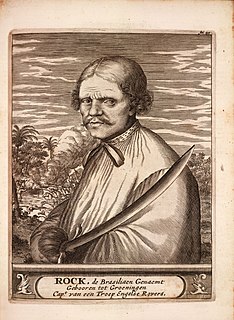 W
WRoche Braziliano was a Dutch pirate born in the town of Groningen. His pirate career lasted from 1654 until his disappearance around 1671. He was first made famous in Alexandre Exquemelin's 1678 book The Buccaneers of America; Exquemelin did not know Braziliano's real name, but historians have found he was probably born as Gerrit Gerritszoon and that he and his parents moved to Dutch-controlled Brazil. He is known as "Roche Braziliano", which in English translates to "Rock the Brazilian", due to his long exile in Brazil.
 W
WHendrick van Buyten was a baker in Delft. He is famous because of his connection to Johannes Vermeer. In August 1663 he owned a painting by Vermeer when he was visited by Balthasar de Monconys. Van Buyten told the diplomat, accompanied by two friends, he had paid 600 guilders (?) for the painting. Monconys opined that he would have thought he had overpaid for it had he bought it for sixty guilders.
 W
WThomas Cletcher was a Dutch jeweller, goldsmith, and gem dealer from The Hague, who was involved in several transactions of jewels of historical significance, and also served as the city's mayor from 1652 to 1657.
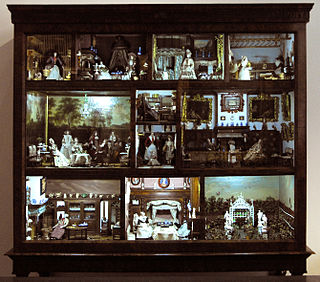 W
WPetronella de la Court was a Dutch art collector.
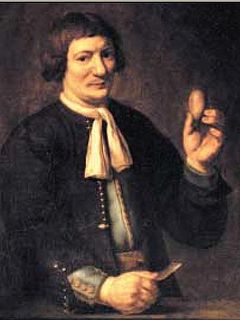 W
WJan de Doot is the subject of a painting from 1655 by Carel van Savoyen. It shows De Doot, a smith, holding in one hand a kitchen knife, and in the other a large bladder stone the size and shape of an egg, set in gold. This 17th-century Dutch blacksmith is said to have performed a successful lithotomy on himself in 1651. The painting is part of the Portrait Collection of the Laboratory of Pathology, which is part of the University of Leiden.
 W
WJohn Philip Elers and his brother David Elers were Dutch silversmiths who came to England in the 1680s and turned into potters. The Elers brothers were important innovators in English pottery, bringing redware or unglazed stoneware to Staffordshire pottery. Arguably they were the first producers of "fine pottery" in North Staffordshire, and although their own operations were not financially successful, they seem to have had a considerable influence on the following generation, who led the explosive growth of the industry in the 18th century.
 W
WEmmanuel de Aranda was a Southern Netherlands traveler, historian and poet. He lived for two years as a Barbary slave and wrote a famous book about his experiences.
 W
WThomas van Erpe [known as Thomas Erpenius], Dutch Orientalist, was born at Gorinchem, in Holland. He was the first European to publish an accurate book of Arabic grammar.
 W
WLaurens Cornelis Boudewijn de Graaf was a Dutch pirate, mercenary, and naval officer in the service of the French colony of Saint-Domingue during the late 17th and early 18th century.
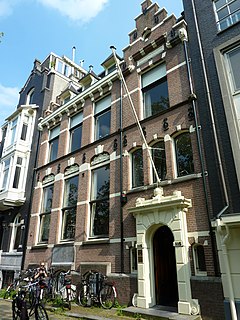 W
WLaurens van der Hem (1621–1678), was a Dutch lawyer and a collector of maps and landscape prints. He is known today for commissioning his meticulously thorough personal version of the Atlas Maior, itself a major work of cartography and art published by his contemporary and friend Joan Blaeu.
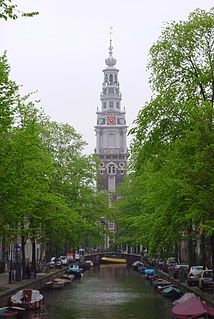 W
WFrançois Hemony and his brother Pieter, Pierre, or Peter Hemony (1619-1680) were the greatest carillon bell founders in the history of the Low Countries. They developed the carillon, in collaboration with Jacob van Eyck, into a full-fledged musical instrument by casting the first tuned carillon in 1644.
 W
WNicholas van Hoorn was a merchant sailor, privateer and pirate. He was born in the Netherlands and died near Veracruz after being wounded on the Isla de Sacrificios. Nikolaas or Klaas was engaged in the Dutch merchant service from about 1655 until 1659, and then bought a vessel with his savings. With a band of reckless men whom he had enlisted, he became a terror to the commerce of the Dutch Republic and the Spanish Empire. Later he had several ships in his employment and obtained such notoriety that some governments were willing to employ him against their enemies.
 W
WLodewijck Huygens was a Dutch diplomat.
 W
WAllart Pieter van Jongestall, also spelled Allard Pieter van Jongestal was a Dutch jurist and diplomat. He was president of the Hof van Friesland and represented the States-General of the Dutch Republic in the negotiations of the Treaty of Westminster (1654) and the Treaty of Breda (1667) which ended the first two Anglo-Dutch Wars.
 W
WAdrian Lampsins, sometimes called Adrien Lampsius, (1598-1673) was the Baron of colonial Tobago, alongside his brother, Cornelius Lampsins.
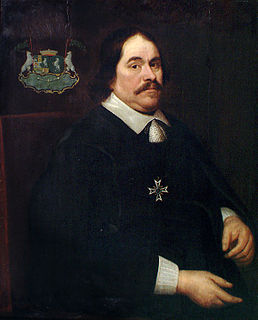 W
WCornelius Lampsins, was, along with his brother Adrian, the Baron of Tobago from 1662 to 1664.
 W
WAntonie Philips van Leeuwenhoek was a Dutch businessman and scientist in the Golden Age of Dutch science and technology. A largely self-taught man in science, he is commonly known as "the Father of Microbiology", and one of the first microscopists and microbiologists. Van Leeuwenhoek is best known for his pioneering work in microscopy and for his contributions toward the establishment of microbiology as a scientific discipline.
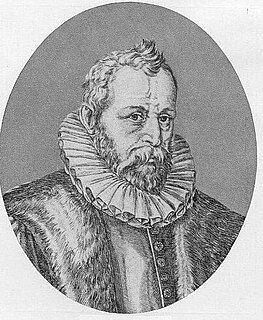 W
WJustus Lipsius was a Flemish philologist, philosopher and humanist. Lipsius wrote a series of works designed to revive ancient Stoicism in a form that would be compatible with Christianity. The most famous of these is De Constantia. His form of Stoicism influenced a number of contemporary thinkers, creating the intellectual movement of Neostoicism. He taught at the universities in Jena, Leiden and Leuven.
 W
WJacob Lambrechtsz. Loncke (1580–1644) was a Dutch Golden Age painter from Zierikzee.
 W
WLudvig (Lodewyck) Fabritius was the Swedish ambassador to Safavid Iran during the reign of King Charles XI and Charles XII. After an early career in the Russian army, he became a diplomat representing the Swedish crown. Fabritius led three missions to the Safavid court: in 1679-80, 1683–84, and 1697-1700. His efforts were characterized by the desire to establish a new transit route between Sweden and Iran through Russia, and several attempts to establish a fruitful alliance against the common enemy: the Ottoman Empire. Fabritius presented an invitation to the Safavid king from the Swedish king to join the Holy League, and was involved in the establishment of several Safavid-Swedish economic and trade agreements.
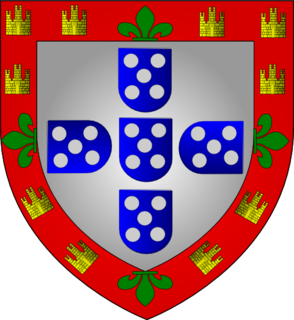 W
WManuel António of Portugal was a Portuguese nobleman.
 W
WJan Corneliszoon Meppel was a Dutch admiral who took the place of Pieter Floriszoon after his death. He fought in the Four Days' Battle, the St. James's Day Battle, and the Raid on the Medway.
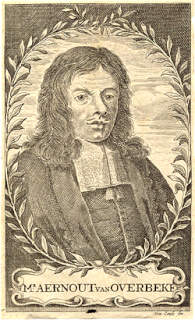 W
WAernout van Overbeke was a Dutch writer and humorist. His works include burlesque letters detailing his travels and a collection of jokes. His Rym-wercken was very popular and was reprinted nine times after his death.
 W
W"Pallache" – also de Palacio(s), Palache, Palaçi, Palachi, Palacci, Palaggi, and many other variations – is the surname of a prominent, Ladino-speaking, Sephardic Jewish family from the Iberian Peninsula, who spread mostly through the Mediterranean after the Alhambra Decree of March 31, 1492, and related events.
 W
WSamuel Pallache was a Jewish Moroccan-born merchant, diplomat, and pirate of the Pallache family, who, as envoy, concluded a treaty with the Dutch Republic in 1608. He is likely an ancestor of Haim Palachi of 19th-century Izmir.
 W
WMayken Lubbert van Pallaesdr., commonly known as Maria van Pallaes, was a Dutch philanthropist who established the Maria van Pallaes houses in the city of Utrecht. They consist of 12 almshouses and a refectory, together with a hofje or courtyard garden, to be used by the city's poor. After her death, the buildings were placed under the control of the Maria van Pallaes Foundation and another 28 almshouses were later built using her inheritance. The original 12 houses and refectory are now owned by the Utrecht Monument Foundation and are a Dutch national heritage site.
 W
WPhilip William, Prince of Orange was the eldest son of William the Silent by his first wife Anna van Egmont. He became Prince of Orange in 1584 and Knight of the Golden Fleece in 1599.
 W
WHenric Piccardt was an ambitious Dutch lawyer who made good at the court of young king Louis XIV of France in Paris where he became a published poet in French. Returning to the Netherlands, he rose to become syndic of the Ommelanden of Groningen and the untitled lord of the majestic manor at Slochteren, the Fraeylemaborg.
 W
WHans William Bentinck, 1st Earl of Portland, Baron Bentinck of Diepenheim and Schoonheten, was a Dutch and English nobleman who became in an early stage the favourite of William, Prince of Orange, Stadtholder in the Netherlands, and future King of England. He was reportedly steady, sensible, modest and usually moderate. The friendship and cooperation stopped in 1699.
 W
WLambert Reynst (1613–1679) was a Dutch regent and politician of the Golden Age. Born in Amsterdam, he belonged to the "republican" Dutch States Party.
 W
WJoseph Justus Scaliger was a French religious leader and scholar, known for expanding the notion of classical history from Greek and ancient Roman history to include Persian, Babylonian, Jewish and ancient Egyptian history. He spent the last sixteen years of his life in the Netherlands.
 W
WMargareta Slots or Margareta Cabiljau was the royal mistress of king Gustav II Adolf of Sweden and the mother of his illegitimate son Gustav of Vasaborg.
 W
WJohann Tserclaes, Count of Tilly was a field marshal who commanded the Catholic League's forces in the Thirty Years' War. From 1620–31, he had an unmatched and demoralizing string of important victories against the Protestants, including White Mountain, Wimpfen, Höchst, Stadtlohn and the Conquest of the Palatinate. He destroyed a Danish army at Lutter and sacked the Protestant city of Magdeburg, which caused the death of some 20,000 of the city's inhabitants, both defenders and non-combatants, out of a total population of 25,000.
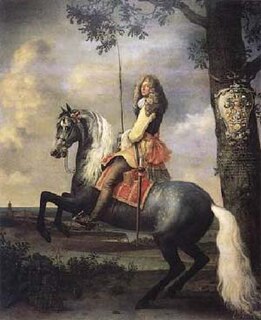 W
WDirck or Diederik Tulp (1624–1682) was the son of the surgeon professor Nicolaes Tulp and involved in the Dutch East India Company and the Civic guard. Dirck Tulp visited Moscovia with his father-in-law; he was painted in 1653 by Paulus Potter.
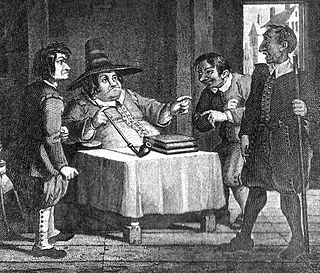 W
WWouter van Twiller was an employee of the Dutch West India Company and the fourth Director of New Netherland. He governed from 1632 until 1638, succeeding Peter Minuit, who was recalled by the Dutch West India authorities in Amsterdam for unknown reasons.
 W
WCornelis Corneliszoon van Uitgeest, or Krelis Lootjes was a Dutch windmill owner from Uitgeest who invented the wind-powered sawmill, which made the conversion of log timber into planks 30 times faster than before.
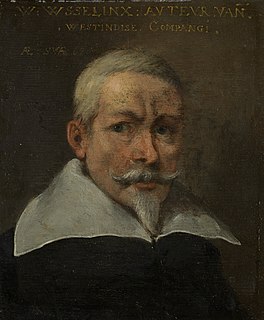 W
WWillem Usselincx was a Flemish Dutch merchant, investor and diplomat who was instrumental in drawing both Dutch and Swedish attention to the importance of the New World. Usselincx was the founding father of the Dutch West India Company.
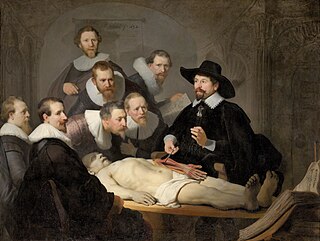 W
WHendrick Gerritszoon van Uylenburgh was an influential Dutch Golden Age art dealer who helped launch the careers of Rembrandt, Govert Flinck, Ferdinand Bol and other painters.
 W
WElselina van Houwening, or Elsje van Houwing was the maid who helped in the escape of Hugo Grotius from Loevestein Castle in a book chest.
 W
WArnold Vinnius was one of the leading jurists of the 17th century in the Netherlands.
 W
WGerrit Janszoon Vos, often known by his Latin name Gerardus Vossius, was a Dutch classical scholar and theologian.
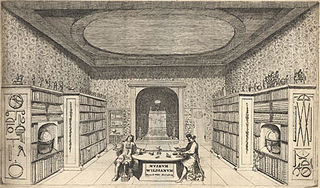 W
WJacob de Wilde (1645–1721) was a citizen of the Dutch Republic. Of modest stock, he married well and rose socially to become ontvanger-generaal of the Admiralty of Amsterdam. He is better known, however, as a collector of coins, medals, antique statues, and scientific instruments, whose collection was housed in a museum built behind the property he owned in Amsterdam; the Museum Wildeanum drew many important international visitors.
 W
WChristoph Wittich or Christophorus Wittichius was a German-born Dutch theologian. He is known for attempting to reconcile Descartes' philosophy with the Scriptures.